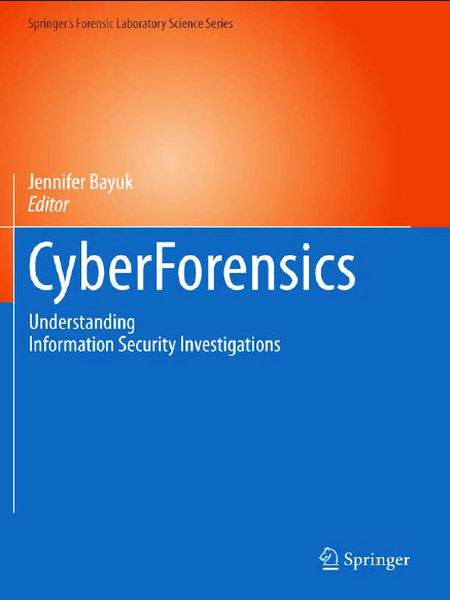Understanding Social Security Garnishment for Student Loans: What You Need to Know
#### IntroductionWhen it comes to managing student loan debt, many borrowers may not be aware of the potential consequences of defaulting on their loans. On……
#### Introduction
When it comes to managing student loan debt, many borrowers may not be aware of the potential consequences of defaulting on their loans. One significant consequence is the possibility of social security garnishment for student loans. This process can have a profound impact on your financial stability, especially for those relying on social security benefits as their primary source of income. In this article, we will delve into the intricacies of social security garnishment for student loans, exploring how it works, the eligibility criteria, and what you can do to protect yourself.
#### What is Social Security Garnishment for Student Loans?
Social security garnishment for student loans refers to the legal process by which the government can withhold a portion of your social security benefits to repay defaulted federal student loans. This can occur when a borrower has failed to make payments on their student loans for an extended period, and the loans have gone into default. The U.S. Department of Education has the authority to garnish a portion of your social security benefits to recover the amount owed.
#### How Does It Work?

The process begins when you default on your federal student loans, which typically occurs after 270 days of non-payment. Once in default, the loan servicer may initiate the garnishment process. The government can take up to 15% of your monthly social security benefits until the debt is satisfied. This can significantly impact your ability to cover living expenses, especially if you rely solely on social security for your income.
#### Eligibility for Garnishment
Not all student loans are subject to social security garnishment. Generally, only federal student loans, such as Direct Loans and Federal Family Education Loans (FFEL), can be garnished. Private student loans do not have the same provisions for garnishment through social security. Additionally, if you are receiving social security disability benefits, you may be protected from garnishment under certain circumstances. It's essential to understand your specific situation and the type of loans you have.
#### Protecting Yourself from Garnishment

If you are facing the possibility of social security garnishment for student loans, there are several steps you can take to protect yourself:
1. **Stay Informed:** Understand your loan status and keep track of your payments. If you are struggling to make payments, reach out to your loan servicer to discuss your options.
2. **Consider Loan Rehabilitation:** If your loans are in default, you may be eligible for a loan rehabilitation program, which can help you get back on track and avoid garnishment.
3. **Explore Income-Driven Repayment Plans:** These plans can adjust your monthly payment based on your income, making it more manageable and helping you avoid default.

4. **Seek Financial Counseling:** Professional financial advisors can help you navigate your options and develop a plan to manage your student loan debt effectively.
#### Conclusion
Social security garnishment for student loans is a serious issue that can have lasting effects on your financial well-being. By understanding how garnishment works, knowing your eligibility, and taking proactive steps to manage your loans, you can protect yourself from the potential loss of your social security benefits. If you find yourself struggling with student loan debt, don't hesitate to seek help and explore your options. Remember, staying informed and proactive is key to maintaining your financial health.